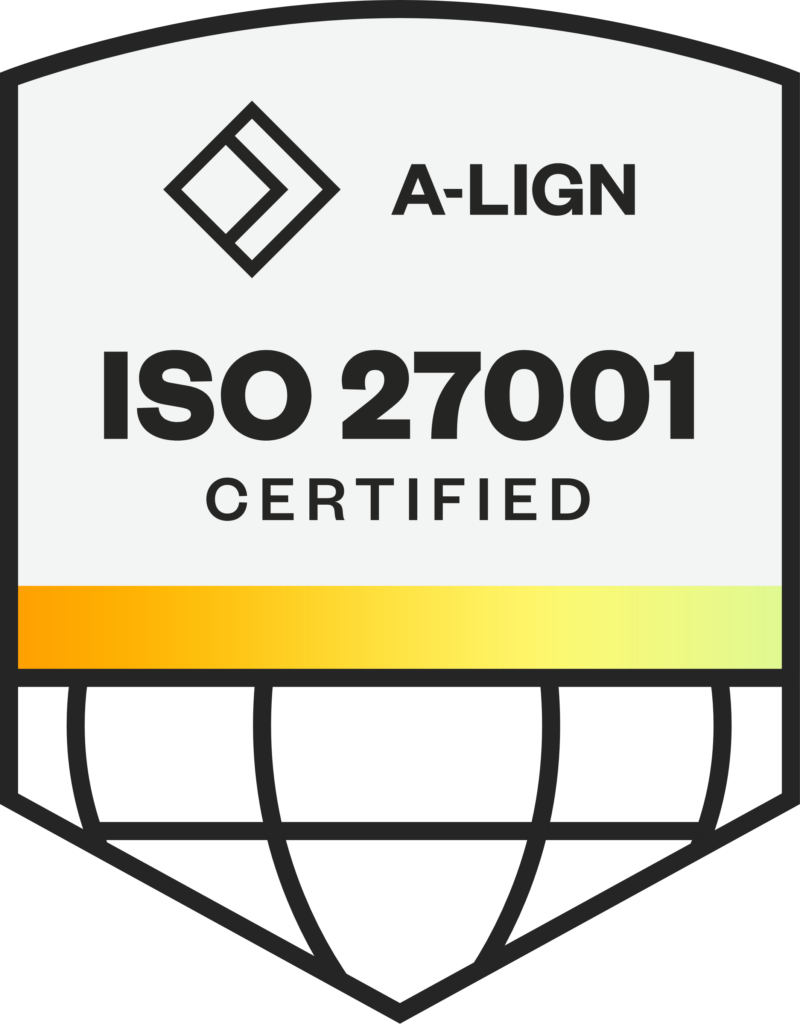Power Management is the root of DCIM and the foundation of managing a data center infrastructure. Other management tasks are irrelevant if the primary and backup power is offline.
Power management can be a complex process of monitoring and managing not just a set of devices but an array of states and paths that collectively define the state of power in your data center. This data ultimately provides the information needed to ensure resilience against power outages that affect the core of your operations and help you lower your PUE.
Dependability is the cornerstone of DCIM – but beyond that, what defines an exemplary power management approach for a data center? Flexibility. From the outer edge of your system where data is gathered to the correlation of data to presentation – flexibility is a hallmark of the best implementations and the ability to grow and change with your business needs.
Ultimately, coupling dependability and flexibility provides an outstanding solution that empowers you to achieve your goals in a way that fits your needs rather than dictating your approach. This flexibility starts at the edge with data collection – which must be flexible enough to collect data points via any industry standard and should be vendor agnostic. In addition, it must provide at-the-edge normalization of data as it comes in. The practice of normalization of data values from your infrastructure is now de rigueur in the industry and expected from any credible DCIM solution, but is the cornerstone of flexibility, not the end of it.
Normalization does not stop with simple point value processing. Power management is not just as simple as collecting points and then displaying those points later. Normalization must continue as data moves upstream and is presented to the user. Flexibility in processing the data can drive a normalized output, much like normalizing points. In power management, this is critical, specifically for normalizing power loads. The challenges to understanding power load and measurement variations include:
- Two phase AC vs three phase AC vs DC
- Direct summary points vs independent points for current and voltage per phase
- Single device source vs load based on points from multiple devices
- Complete or partial gaps in values for a given device or load
- Allowances for power factor
An end user should not have to interpret these things. Instead, DCIM solution should provide an apples-to-apples view of power load across any equipment in the infrastructure.
And here is where DCIM can shine brightest by normalizing the result of various methods of measuring power and delivering a clean, meaningful, unified view of power load. How is this achieved? With flexibility in handling collected power data and leveraging an advanced system of normalizing vendors’ choices in power measurement. By introducing a well-formed overall power state model within the system that is driven by raw device points. This model provides a normalizedview of power across your infrastructure by supporting multiple methods of converting measured points to a meaningful value for power.
Critically this approach must provide a consistent power load view, even with devices that have limited monitoring or no monitoring at all. Racks are ultimately just metal boxes and may have power supplied by multiple devices on multiple circuits. A complete solution must allow for the representation of power loads for these challenging items in the same unified presentation. Full normalization of power load presentation for every device includes filling in any gaps in your monitoring.
Standardized presentation of power across all devices, across gaps in monitoring, across circuits – is this realistic and achievable? Absolutely. This is powerful power management.
OpenData provides a normalizedPower State (and other critical resources) using Resource Blocks. The power resource block is a homogeneous, easy-to-understand summary of the power state of any device. If you would like a more flexible and scalable DCIM solution, please contact us at sales@modius.com and see why we can help you better manage your Data Center assets.





